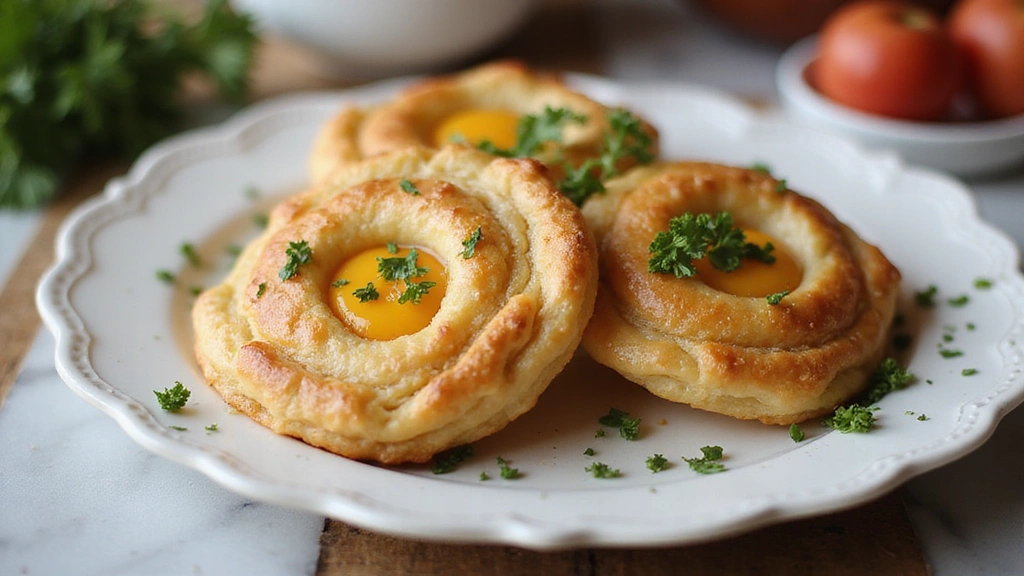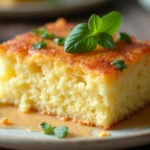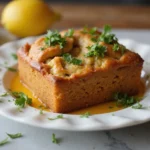Breakfast recipes with puff pastry offer a delightful blend of flaky texture and rich flavors that can transform your morning routine.
The buttery layers of puff pastry create a satisfying crunch that pairs perfectly with sweet or savory fillings.
I first fell in love with these treats during a cozy brunch at a local café, where the aroma of freshly baked pastries filled the air.
Whether you’re indulging in a lazy weekend breakfast or need a quick weekday pick-me-up, these easy and flaky treats are sure to impress.
The History and Cultural Significance
• Breakfast recipes with puff pastry trace their origins to France in the 17th century, where it was originally created by pastry chefs for royal banquets.
• The dish evolved over decades as the technique of lamination—folding and rolling dough with butter—was refined, eventually becoming the beloved version we know today.
• In French culture, puff pastry dishes traditionally appear at celebrations and festive occasions, symbolizing indulgence and culinary mastery.
• While many variations exist across different regions, the authentic version maintains its signature flaky texture and rich buttery flavor that sets it apart from imitations.
Recipe Overview
Nutritional Information (per serving)
Ingredients
Essential Equipment Guide
Food Processor: A food processor is crucial for quickly blending dough and ensuring a consistent texture. If you don’t have one, a pastry cutter or your hands can work, but it requires more effort to achieve the same results. Look for a model with a powerful motor for best performance.
Pastry Brush: This tool is essential for applying egg wash or butter to your puff pastry for a beautiful golden finish. Alternatives include a clean paintbrush or your fingertips, but a pastry brush gives the best control. Choose one with soft bristles for even application.
Baking Sheet: A sturdy baking sheet is necessary for even heat distribution while baking. If you don’t have one, a heavy-duty pan can work, but it might affect browning. Opt for non-stick or lined parchment paper to prevent sticking.
Preparation Methods
Lamination: Lamination is the process of folding butter into dough multiple times to create layers. This technique is vital for achieving the airy, flaky texture of puff pastry. To master it, work quickly and keep everything cold to prevent the butter from melting into the dough.
Chilling the Dough: Chilling the dough between folds is essential for maintaining the integrity of the butter layers. This step prevents the butter from melting and ensures the pastry rises properly during baking. Allow at least 30 minutes of chilling time for best results.
Egg Washing: Applying an egg wash before baking gives the pastry a beautiful, shiny finish. This technique enhances the appearance and can also help seal edges. Use a light hand to brush the wash to avoid excess pooling.
Step 1: Prepare Dough
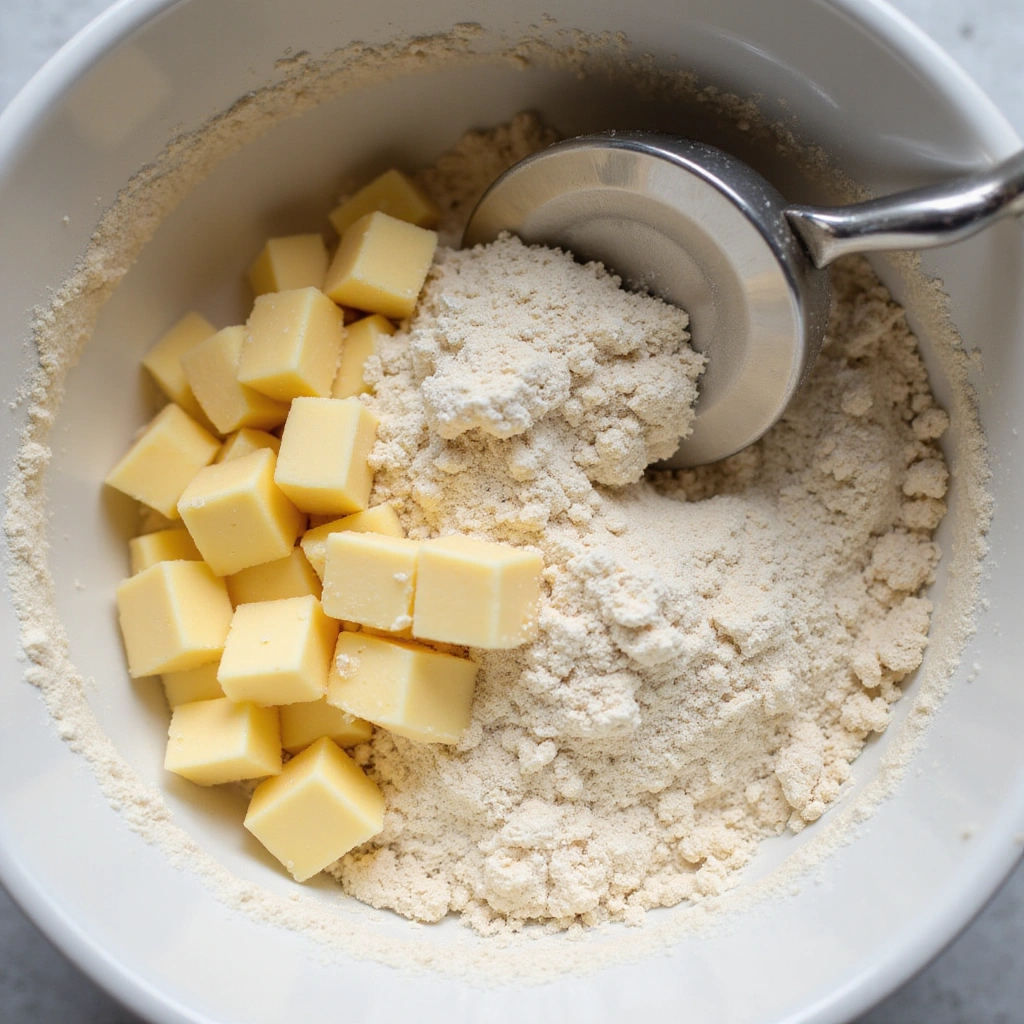
In a large bowl, combine the flour and salt.
Add the cold cubed butter to the flour mixture and cut it in using a pastry cutter or fork until it resembles coarse crumbs.
Gradually add the cold water, mixing until the dough just comes together.
Wrap the dough in plastic wrap and refrigerate for at least 30 minutes.
Step 2: Laminate the Dough
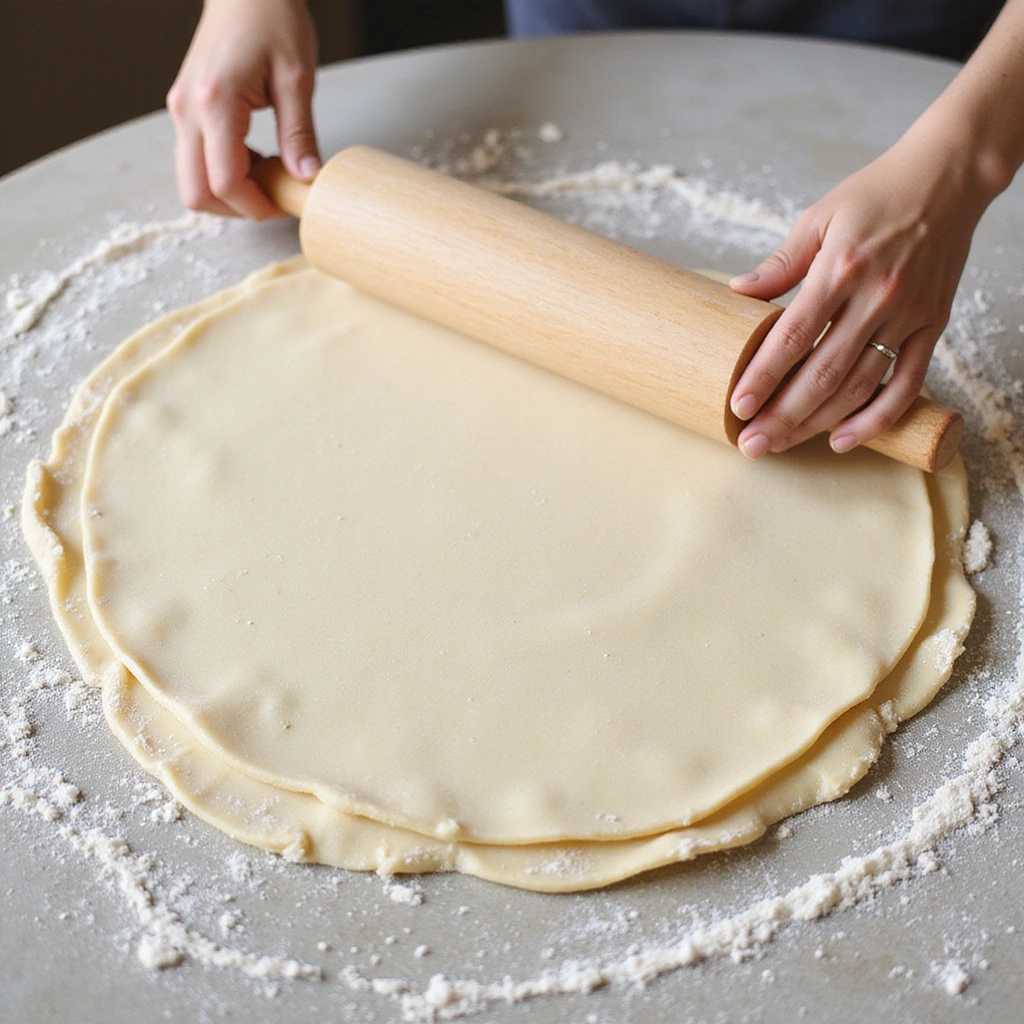
On a floured surface, roll out the chilled dough into a rectangle about 1/2 inch thick.
Fold the dough into thirds like a letter, then roll it out again to a similar thickness.
Repeat this process two more times, chilling the dough for 30 minutes between each fold.
This creates the layers necessary for puff pastry texture.
Step 3: Prepare the Filling
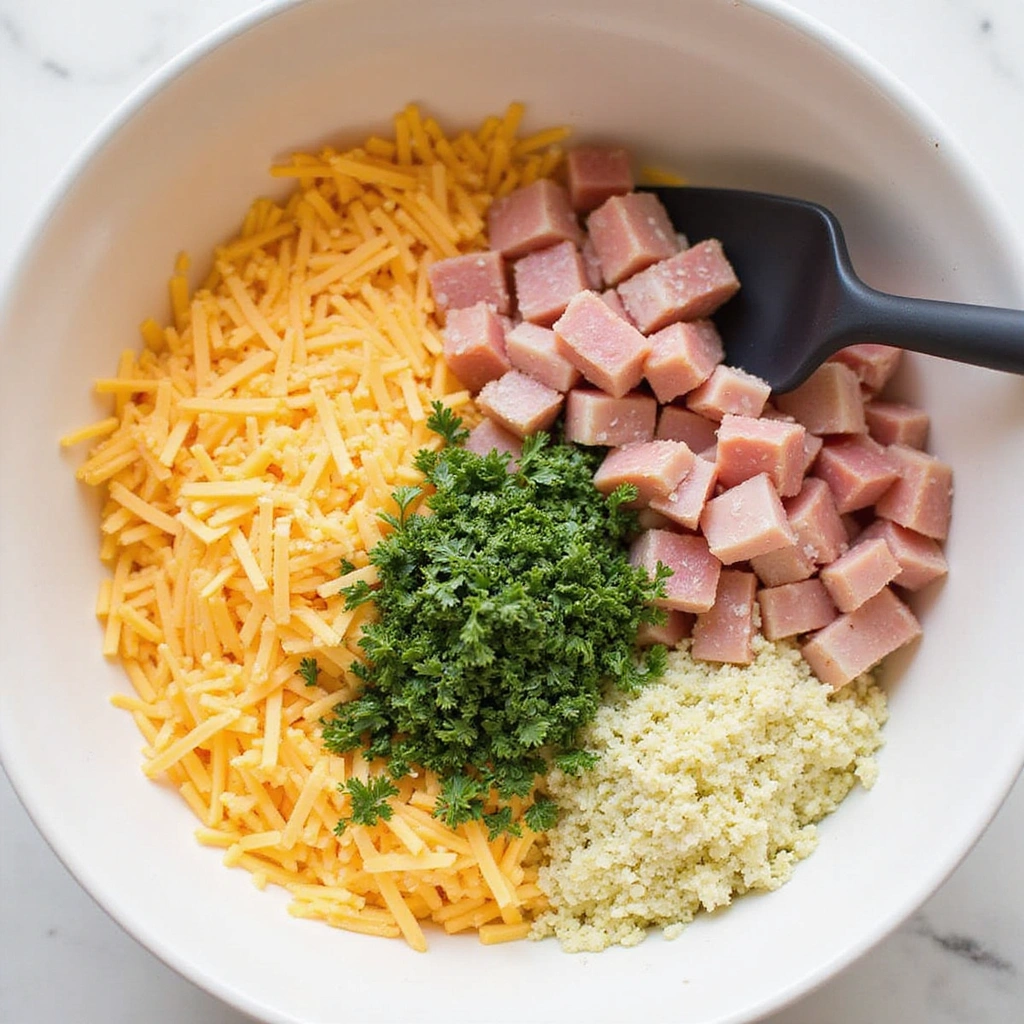
In a mixing bowl, combine the shredded cheese and diced ham.
Mix in the chopped herbs for added flavor.
Taste the filling mixture and adjust seasoning if needed.
Set aside while you prepare the pastry.
Step 4: Roll Out the Pastry
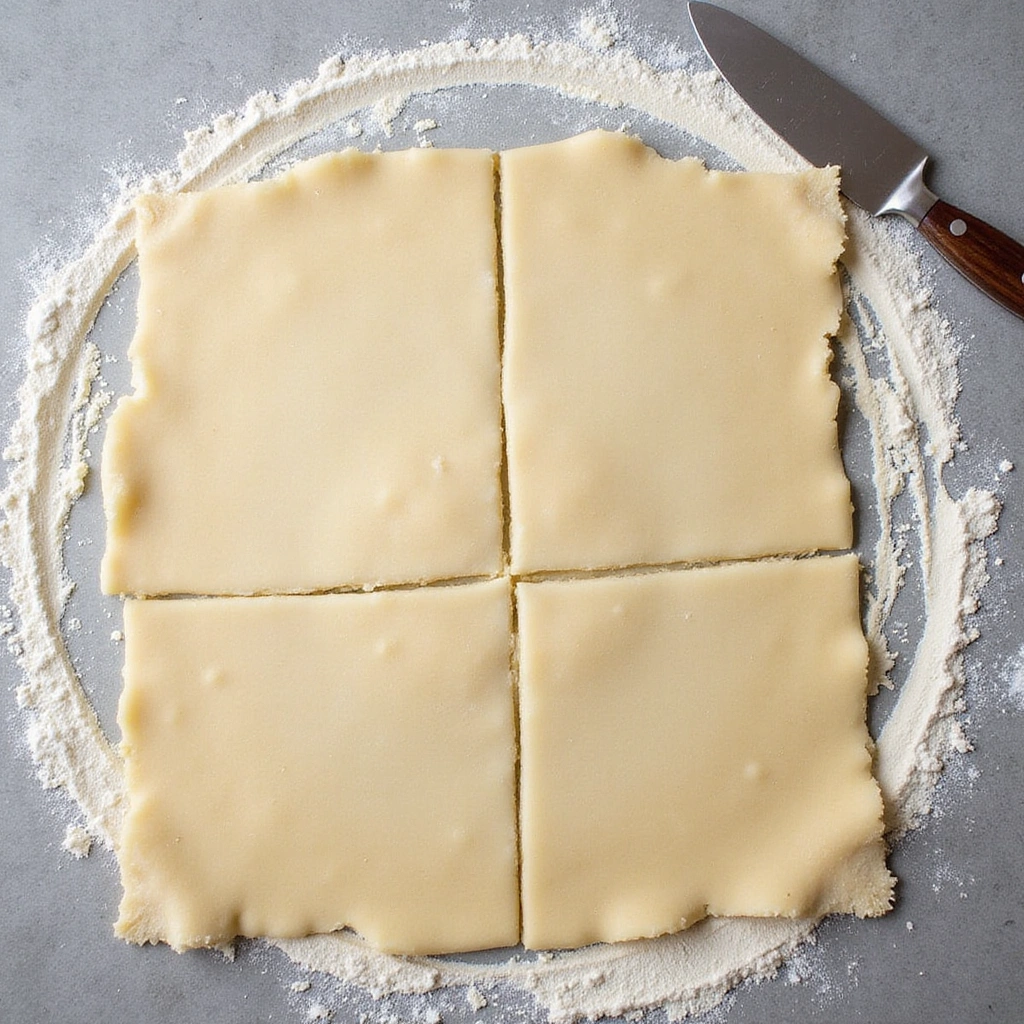
Remove the dough from the refrigerator and roll it out on a floured surface into a 1/4-inch thick rectangle.
Cut the dough into squares or circles, depending on your preferred shape for the pastries.
Make sure to keep the edges clean for easy sealing.
Place the pastry pieces on a parchment-lined baking sheet.
Step 5: Fill the Pastries
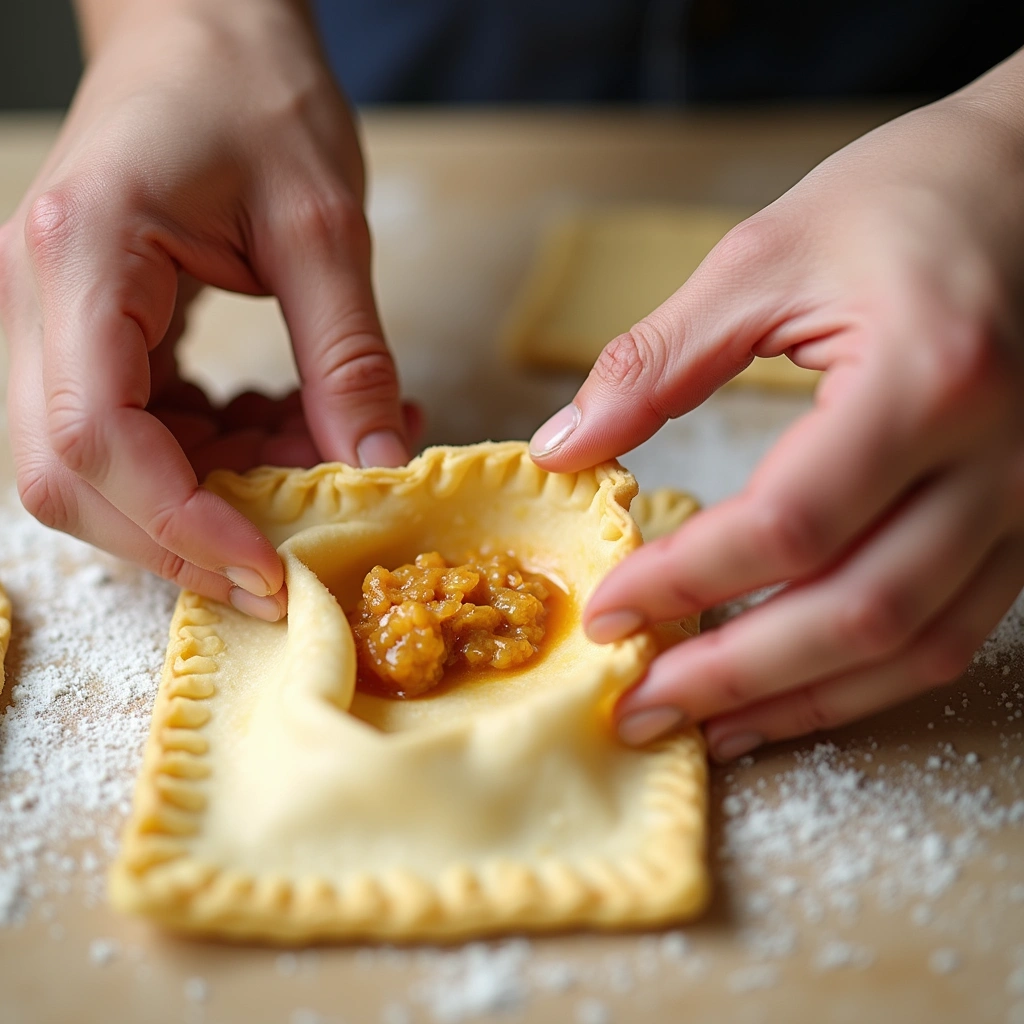
Place a spoonful of the filling mixture in the center of each pastry square.
Be careful not to overfill, as this can prevent proper sealing.
Moisten the edges of the pastry with water to help them stick together.
Fold the pastry over the filling and press the edges to seal.
Step 6: Egg Wash and Bake
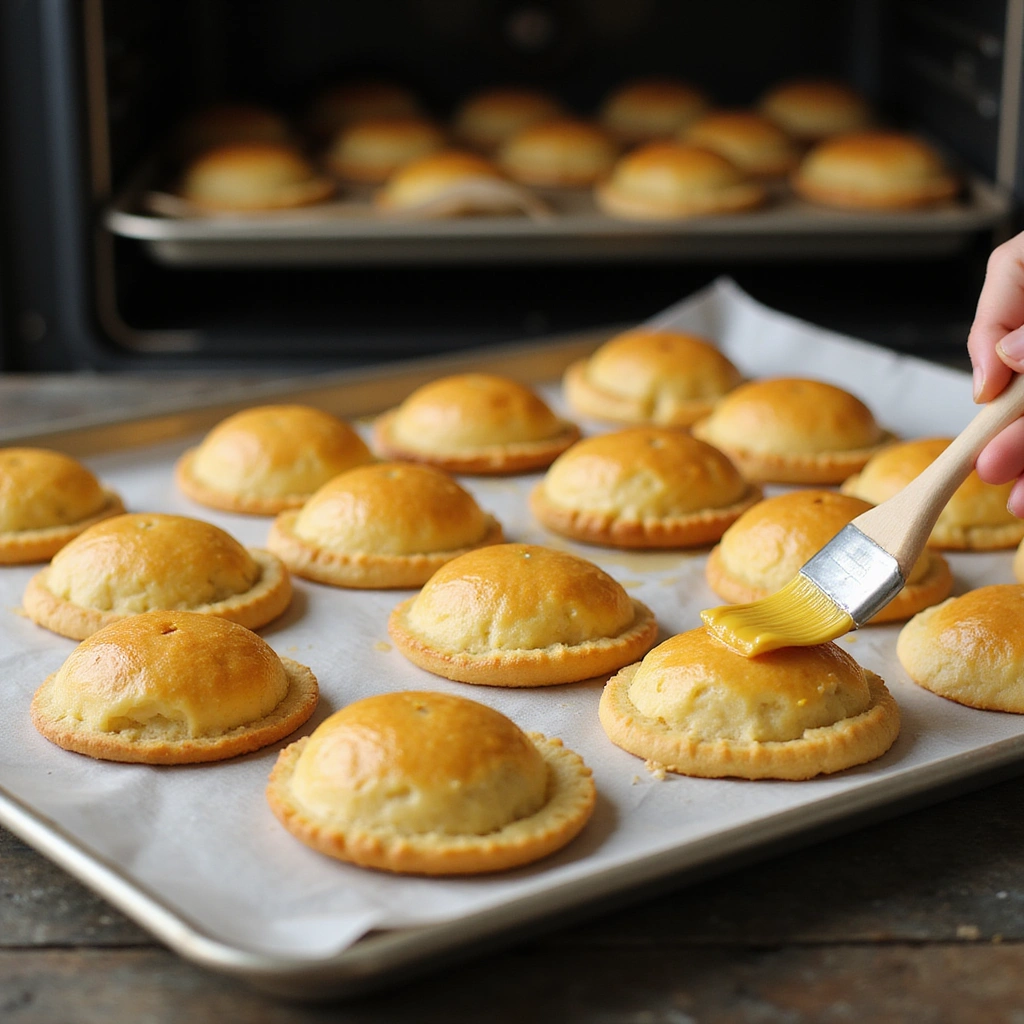
Preheat your oven to 400°F (200°C).
Use a pastry brush to apply the beaten egg over the top of each pastry for a golden finish.
Place the filled pastries on the baking sheet and bake for 20-25 minutes or until golden brown.
Keep an eye on them to avoid overbaking.
Step 7: Cool and Serve
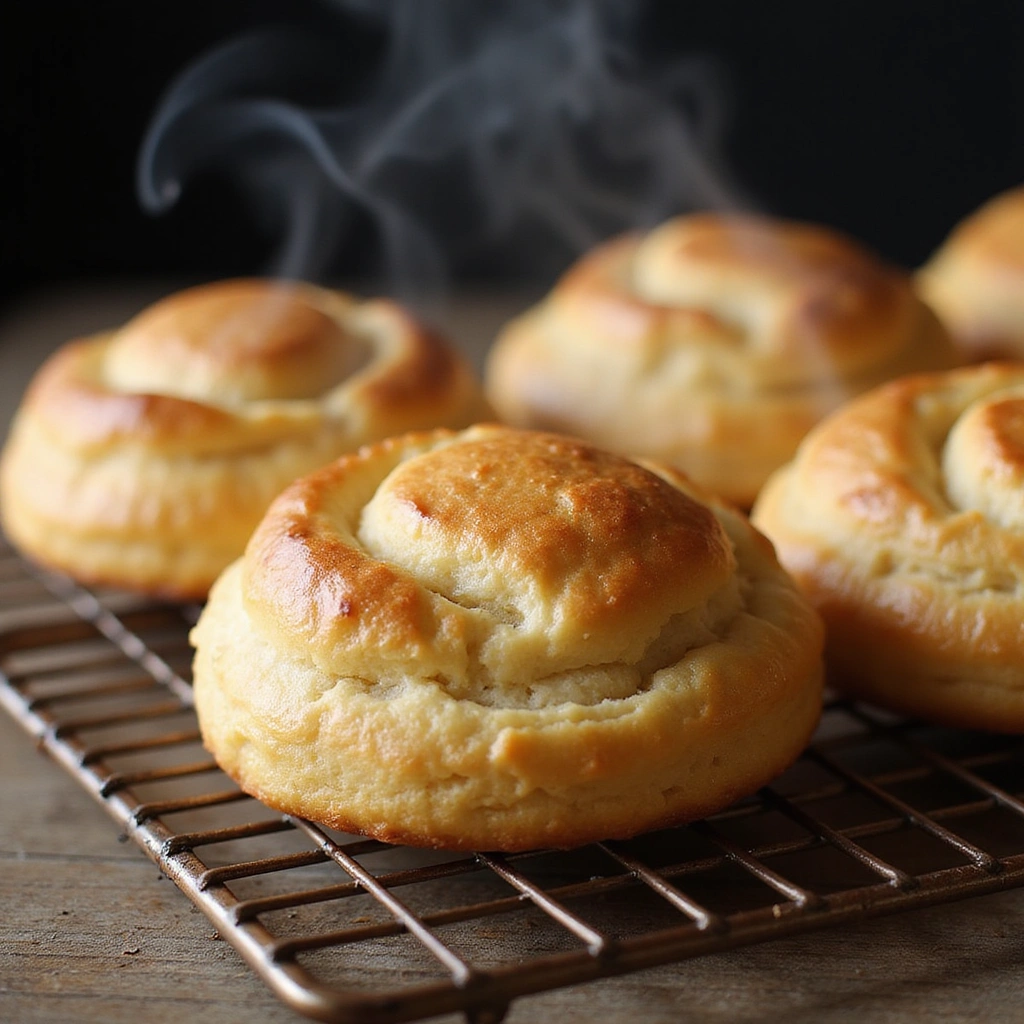
Once baked, remove the pastries from the oven and allow them to cool on a wire rack for a few minutes.
Serve warm to appreciate the flaky texture and rich flavors.
These pastries can be enjoyed on their own or with a side of fresh fruit.
Store any leftovers in an airtight container.
Critical Timing and Temperature Guide
Chilling the Dough: Chill the dough for a minimum of 30 minutes between folds to ensure the butter remains solid. This prevents the layers from merging and ensures a flaky texture. The dough should feel firm but not hard.
Baking Temperature: Bake the pastries at 400°F (200°C) until golden brown, about 20-25 minutes. Look for a deep golden color and a puffed-up appearance. Avoid opening the oven door too often, as this can lead to uneven baking.
Cooling Time: Allow the pastries to cool for at least 5 minutes on a wire rack before serving. This helps set the filling and makes them easier to handle.
Pro Tips for Breakfast Recipes With Puff Pastry Easy And Flaky Treats
• Ingredient Selection: Use high-quality butter for lamination to achieve the best flaky texture. European-style butter has a higher fat content, which enhances the pastry’s richness.
• Preparation Secret: Keep all ingredients, especially the butter, cold throughout the process to maintain the layers.
• Temperature Management: Ensure your kitchen is cool while working with puff pastry; warm temperatures can cause the butter to melt, ruining the lamination.
• Texture Enhancement: For extra crunch, sprinkle the pastries with coarse sea salt before baking.
• Flavor Layering: Consider adding sautéed onions or spices to the filling for added depth of flavor.
• Make-Ahead Strategies: You can prepare the filling a day in advance and store it in the fridge, allowing for quick assembly in the morning.
• Restaurant-Quality Finishing Touches: Serve with a fresh herb garnish to elevate the presentation.
• Equipment Optimization: Use a silicone baking mat for even heat distribution and easy cleanup.
Troubleshooting Common Issues
• Puff Pastry Does Not Rise: This could be due to warm ingredients or insufficient chilling. Ensure your dough and butter remain cold throughout the process. If this happens, try working in a cooler kitchen next time.
• Filling Leaks Out: This can happen if the pastry is overfilled or not sealed properly. Make sure to moisten the edges and seal them well. If it happens, reduce the filling amount next time.
• Pastry Too Dense: If the texture is not flaky, it may be due to overworking the dough. Handle the dough gently and avoid excessive mixing.
• Burnt Pastries: This usually occurs from too high a temperature or baking for too long. Keep an eye on the pastries and lower the oven temperature if necessary.
• Undercooked Filling: If the filling is not fully cooked, it may need more baking time. Ensure the pastries are golden brown before removing them from the oven.
Variations and Regional Differences
• Cheese and Veggie Puff Pastries: This version incorporates seasonal vegetables like spinach or mushrooms along with cheese, appealing to vegetarian diets.
• Sweet Fruit Fillings: In many cultures, fruit preserves or fresh fruits like apples and berries are used as fillings, often topped with a sprinkle of sugar or glaze.
• Middle Eastern Spinach Fatayer: A savory version filled with spinach and spices, often served alongside yogurt.
• Modern Interpretations: Contemporary versions might include gluten-free pastry options or innovative fillings like smoked salmon and cream cheese.
Food Science Behind the Recipe
• Lamination Process: The lamination process creates layers of dough and butter that, when baked, create steam that makes the pastry rise. Understanding this process helps in achieving a light and airy texture.
• Butter Temperature: Cold butter creates steam in the oven, causing the layers to separate and rise. Keeping the butter cold is essential for successful puff pastry.
• Egg Wash Function: The egg wash not only adds color but also creates a barrier that helps lock in moisture, keeping the filling flavorful and preventing sogginess.
Frequently Asked Questions
What’s the most common mistake people make when preparing puff pastry? A common mistake is not keeping the butter and dough cold, which can lead to a dense pastry. Always chill the dough and work quickly to prevent melting.
Can I prepare components of this dish in advance? Yes, the filling can be made up to a day ahead and stored in the fridge. The dough can also be prepared and frozen before baking.
How do I adapt this recipe for dietary restrictions? Substitute all-purpose flour with a gluten-free blend and use dairy-free butter for a dairy-free version.
What’s the best way to store and reheat leftovers? Store in an airtight container in the fridge for up to 3 days. Reheat in the oven at 350°F (175°C) for best results.
Can I freeze this dish? Yes, you can freeze the unbaked pastries. Thaw in the refrigerator before baking for best texture.
What wine or beverages pair best with this dish? A light white wine like Sauvignon Blanc complements the richness of the pastry beautifully.
How can I scale this recipe up for a crowd? Simply multiply the ingredients proportionally and bake in batches as needed to ensure even cooking.
What side dishes complement this recipe best? A fresh salad or a side of fruit complements the richness of the pastries nicely.
How do professional chefs elevate this dish for restaurant service? Professional chefs might use flavored butters or unique fillings to enhance the dish and present it with artistic plating.
Serving and Presentation Guide
• Traditional Presentation: Serve puff pastries on a wooden or slate board, garnished with fresh herbs and accompanied by a small dish of dipping sauce or fresh fruit.
• Modern Plating Ideas: Use minimalist plating techniques with a single pastry on a white plate, drizzled with a balsamic reduction for contrast.
• Accompaniment Suggestions: Pair with a light salad dressed with lemon vinaigrette to balance the richness.
• Special Occasion Presentation: For celebrations, serve pastries on tiered stands or platters, arranged artfully with edible flowers and colorful garnishes.
Conclusion
I hope you enjoy making these breakfast recipes with puff pastry as much as I do.
They’re an excellent way to start the day and impress your family or guests.
With just a few simple ingredients and techniques, you can create delicious, flaky treats that are sure to delight.
